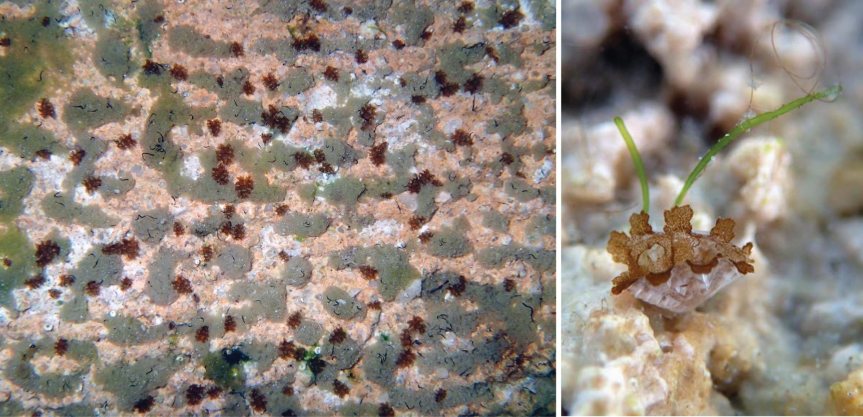13-August-2014 (Wednesday) – Replacing Jong clam
Greetings from Pulau Jong! The Clam team headed back to P. Jong with the main goal to put back Mama Jong clam back home. She has done us proud, providing her next generation of gametes which are now growing in our tanks. Here’s some pictures of the island and her home.





————————————————————————————————————————————————-
14-August-2014 (Thursday) – Semakau Salvage
A big thank you to NEA for making the arrangement for a selected group of us to have the (last) opportunity to salvage some of the sessile animals. The Clam team was particularly interested in taking any existing giant clams and Trochus snails for the purpose of augmenting our mariculture work. We were almost on the brink of giving up, until the very last hour, Ambert spotted his first burrowing clam, and later I found another two. We are happy to have taken them back to our facility, otherwise would have been buried forever!
Background: Semakau Landfill is Singapore’s first and only offshore waste island, being slowly filled up with our incinerated waste ash. Sadly, it has finally come to the point where the last cells on the landfill needs to be constructed for use. Hence, selected groups have been invited to visit these remaining shores to salvage the reef organisms.
We like to also thank the LKCNHM Education Team for liaison work and TMSI for including us on this trip!


